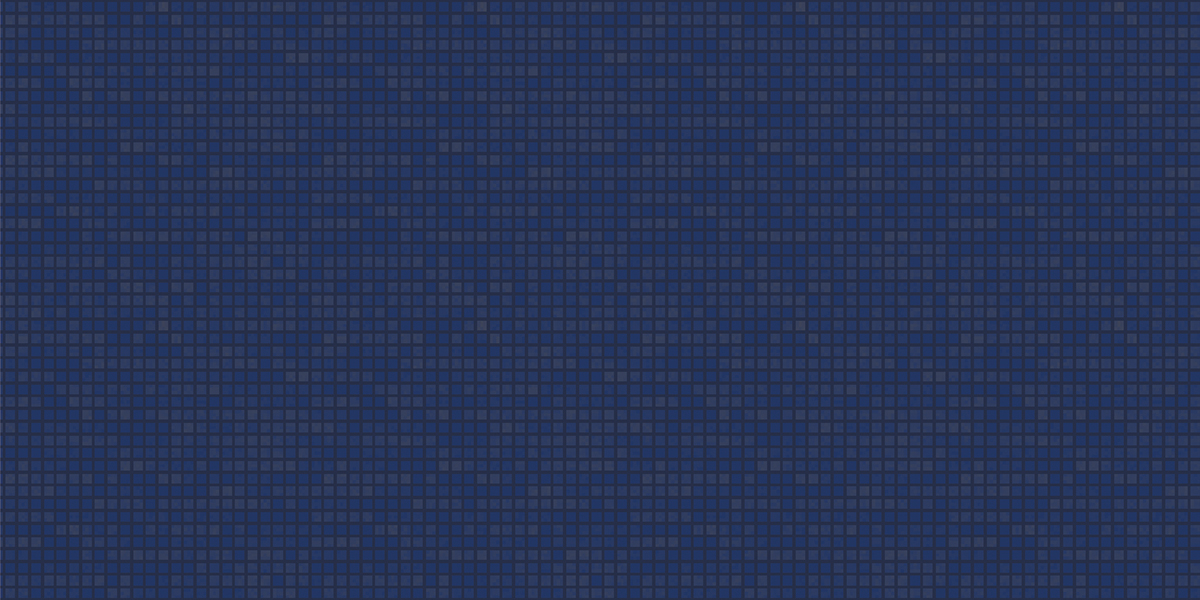The Outliers Collective is one of the 2017 winners of the Journalism 360 Challenge. See all the winners.
Project Description
Dataverses aims to build a platform to integrate data visualization into VR storytelling in an easy way, minimizing the technical hassle, and concentrating in content and data. The experienced author will be able to include VR media such as video (mono/stereo), high-resolution 360 photos and spatial audio and integrate those with some “easy to set up” data visualizations that integrate into the overall narrative.
This media pieces and visualizations are spatially “hyperlinked” via “itineraries” definition by the author: The user can jump from one piece of media to another inside VR, via “hotspots,” even between experiences from different authors. (For example, an experience about war casualties can link to another about fuel depletion in a specific point).
Configuration will be done via Google Spreadsheets or a similar technology. The idea is to bridge the gap between cold facts (“Data”) and empathic media (VR videos/photos: “Verses”), thus “putting faces and people” to the cold but factual data. One could show an Earth map highlighting zones with no water access (Data Visualization) and link every zone to a VR video showing an interview about what is the experience of living there.
Another example could be navigating a treemap displaying countries with high war casualties and linking every country to a 360 photo. Or one can use a spherical timeline to explain the evolution of an issue and link every date to immersive content.
Dataverses will come with a number of “off-the shelf” data visualization types that can be fed data into: timelines, interactive exploration of relationship networks or trees, geographic display of data/media and “Neurath isotypes.” Dataverses can be enjoyed on any WebVR compatible device: Vive, Cardboard, Oculus.

